
- by Dr. Mike
Writing a proposal or quotation that brings paying customers to your freelance business is the art part of freelancing. Well, there’s much science in it too. Many starting freelancers keep hitting their heads against the wall when trying to attract potential clients and propose a mini-scale business marriage. That’s what it is, actually! Let’s say you work through some of those freelancing sites (PeoplePerHour, Upwork, Guru, Freelancer, etc.), and besides having your profile picture it is mainly text that you can use to describe what you can offer to your client.
Your introductory text is the courting song that should make you seem attractive. Most starting freelancers fail already at this stage. Then you’ll have a short dating period, e.g. a call or two to get to know each other(’s businesses) better. In the end, you’ll have to give your client a proposal that is good for both of you. Only one side winning is not optimal, of course. Either the client is disappointed which will result in strangely bad reviews on the site, or you just have to suffer yourself (silently) for doing more work than you have time for.

First dates are hard. You can think of online freelance sites as business dating sites if it helps. You must learn to write compelling Upwork proposals.
All the things that could go wrong when writing an Upwork proposal
It’s always good to know first how not to do it, so let’s start with that part. Although I’ve seen some strange stuff as a freelancer and as a client in the past years, this time I’d like to focus on the usual and all too common failures in getting even the first part, the introduction, right. I’ve got countless proposals from online freelancers in different fields ranging from software development to voice acting, proofreading, search engine optimization (SEO), and so on.
I’ll categorize the failures by the stages. Typically, there are five clear steps you have to go through before a job is awarded to you through any of the freelance sites. The normal process goes like this:
- Searching for a suitable job
- Crafting the proposal/quotation
- Discussing with the client (i.e. the interview)
- Proposing the business deal
- Signing the agreement
I’ll do my best to outline the typical reasons why proposals don’t get any reply in each of the above stages. You won’t believe how many freelancers fail in getting the mere basics right. I suppose, it is natural for us humans to see our own perspectives only, which prohibits us from seeing the client’s side from the beginning.
I cannot change the nature of man. But I can shed light on the process and the approach you should and shouldn’t take when applying for an online freelance job. As the lifetime of man is limited, I’m not able to give you a 100% comprehensive answer to why proposals get rejected. Maybe four years of being an online freelancer and a client as well is just a scratch on this topic. Anyway, I hereby share all that I know on this topic.
I’ll skip the case of getting invited to a job, because … well, you’re already halfway in!

A rejected proposal is – a failure, nothing more … you won’t even get feedback for improving the next one.
Failing in Step 1: The proposals that don’t get looked at
First and most importantly, the client’s job description and your profile need to match on a keyword level. You can only apply for jobs that match with your online profile, preferably on title level. For instance, let’s say I have a job doing some SEO work, and your profile’s title highlights website design in general. No need to look at it twice or even click open your proposal, no matter what amazing stories you might have about your past SEO work. The title-level match is necessary. It’s the specialists who get noticed, the rest… not so lucky.
Using the above dating metaphor, if you’re looking for a tall athletic blonde man, a little geeky fellow called Harry P. won’t do. 🙂
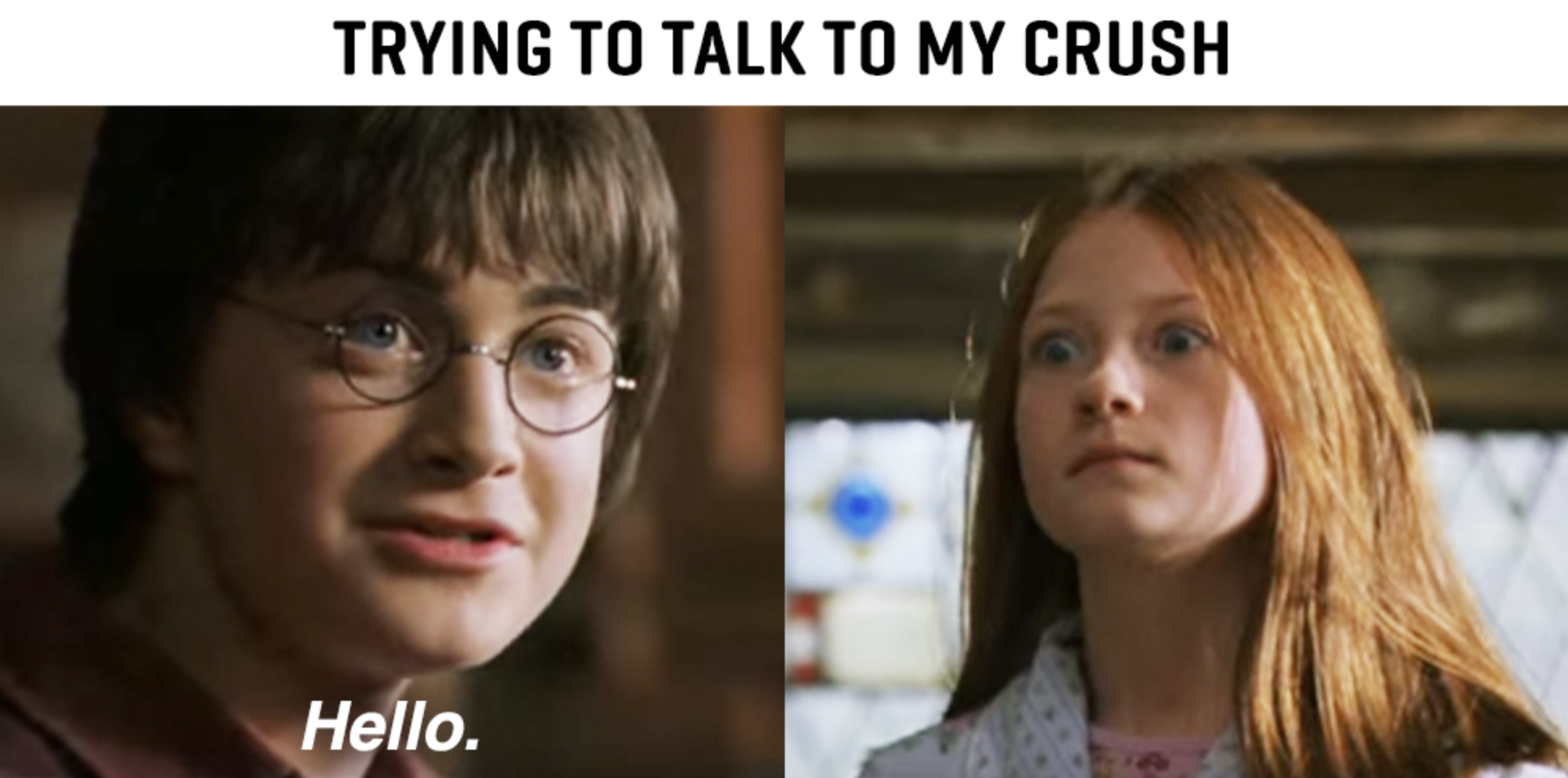
An obviously poor match will not get you anywhere on Tinder nor on freelance sites. Skip that.
Sadly, some clients have no idea what the correct keywords are, so the mismatch could be purely an illusion. Unfortunately, we can only attack this problem by re-writing your freelancer profile every time you’re applying for a job, which is a bit heavy process to do in the long run. Not recommended.
Failing in Step 2: The proposals that don’t get any reply
The proposals that I reject as a client tend to:
- Forget to address the person in question(!)
- List all possible apps or websites you’ve ever made
- List all possible skills you may (or most probably don’t) have
- Highlight your number of years of experience
- Have a mismatch with the length of the job description
- Have a mismatch in the content
- Beg or do something else slightly unprofessional
Let’s go through all of these briefly.
1. I’m not saying a mere “hello” is wrong, of course, but “hello Mike!” is even better. Why? Because it gives the impression you’ve actually read the proposal instead of doing mass spam with copy-pasted introductory text. Also, it gives the impression that you’re interested in doing business with this particular client and listening to her. People decide to do business with other people. It’s a very simple little thing, but most effective!
2. To demonstrate your competence as a freelance developer, it is definitely not done best by listing everything you’ve ever done. To one particular client, it doesn’t matter so much if you’ve made fifty apps (yes, I’ve seen such a list in a real proposal!) or websites of some sort. The client is interested in whether or not you can make his/her app/website! The good way is to take the Top 3 apps/websites that are the most similar ones to what the client is asking. No more than five, definitely. Don’t impress by numbers, impress by quality. Nobody is going to open fifty links.
3. Listing all your skills, e.g. programming languages and stacks you master, doesn’t impress the client so much, either. Actually, all skills but the one that is needed for this client’s job are pretty much meaningless and shouldn’t be mentioned, at least from the client’s perspective. Save your screen real estate for more important things. If you’re great at making native Android apps and that’s what the client is asking for, any skill in making websites is irrelevant.
4. The years of experience have very little meaning past one or two. If that is your strong point that you must mention, leave it to the end of the proposal. Nobody hires you online because of the number of years you’ve spent doing something they cannot perceive. Clients care about the results you can deliver. If your ability that delivers those results was acquired in one intensive year or during ten lazy ones, who cares? The only number of years that might matter is your experience in freelancing! That at least would tell about your ability to survive the global competition and deliver everything that other clients have needed.
5. There are two kinds of clients in terms of accuracy which is reflected in the length of the job description. The busy ones may prefer to write short and a bit vague job descriptions so that they can browse and shortlist promising-looking profiles and contact only a few most qualified people for interviews. For these types of clients, the surest way to get rejected is to write a comprehensive page-long description of all the things you’ve done and you’re capable of doing. This only works for the clients who know what they are looking for and have taken the time to write an accurate description of first.
So, short job description, short proposal. Long description, long proposal. Otherwise, just stick with stating the relevant parts and nothing more.
6. Some freelancers seem not to focus on understanding exactly what the client is asking. Getting this wrong won’t get you anywhere in the process no matter how many proposals you send. For instance, if the client asks help in deciding which hardware to pick for the job and you fail to address that concern upfront, she will probably ask someone else. Better to pay attention to the specifics of the job even beyond the name of the person.
7. Some seem to beg for a job “please award me this work and I will do everything” which is the most embarrassing way of pretending to be a professional. A pro will state what she can do for the client and no begging is needed.
In the marriage proposal analogy, the above issues would be similar to being a wannabe groom with all the wrong tricks for trying to impress the girl. It’s not so much about the guy, it’s about the girl. You won’t get her with a 10-page CV, that’s for sure! You can always tell all about your other achievements later, once a good relationship is established. Here, customer relationship.
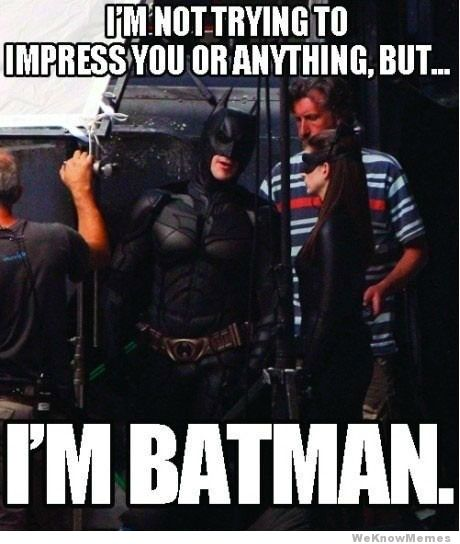
Don’t try to impress with the wrong things. It never works.
Step 3: The discussions that don’t get anywhere
Now you’ve got as far as getting an indication from the client that she is interested in doing business with you. You’d need to take the stand of being “The Guy for the Job.”

Saying you’re the right man for the job looks like this to the client. Don’t say it, show it! That’s what the proposal is for.
Some freelancers are forever stuck at this stage. There are a number of reasons the client would proceed with another person instead of you:
- Lack of attention
- Never-ending discussion
- Unprofessional conduct
- Behavior that looks like scheming or gaming
- Slow reply
Again, let’s take these down one by one.
1. One of the funniest reasons the client prefers to stop the discussion is the freelancer’s perceived failure of understanding what the job is about. Some freelancers seem to do jobs of just one specific type which is well-packaged and therefore profitable to them even at low rates. Such freelancers are seen simply as not flexible enough for doing any other things outside their “package.” The clients only care about their own work to be done and that’s what they are willing to pay regardless of how great a package you might have for all other others. It only works in the case of a 100% match.
2. Another a little bit funny reason is related to the previous one. Sometimes the discussion doesn’t proceed at all and might take so long that the beginning of the discussion is already forgotten. Therefore, the client feels that “this isn’t going anywhere” and simply lets the discussion be, typically unfinished, unclosed. If the root cause is poor language skills, there is little else to do than study more, unfortunately, but the client won’t wait for you to get better at it.
3. It is unfortunately common that some freelancers after managing to impress the client in the written proposal start changing the tone from professional to completely unprofessional, for some reason. To the client, this may look like a split personality syndrome or a cheat of sorts where the person behind the profile is not the person initially talked with. Fortunately, this issue is very easy to fix.
4. Another way to make sure the discussion ends abruptly is to start showing signs of not going by the process that the freelance site provides and expects. This could be the classic “hey, could you do me a favor and pay directly to my PayPal account” which should never appear anywhere anymore. This is 2019 and online freelancing is normal nowadays. You have to get the regulations part right as the bare minimum before even signing up for the online service. As a client, I still face this issue too often! Even some clients, especially some Shoppers, ask for gaming the system to minimize their fees.
5. Sometimes the discussion ends simply because of not getting any reply from the freelancer. I’d say you have less than 24h to reply, otherwise, the job will go to someone who “shows more interest” in the client’s eyes. Some clients expect this during weekends too, perhaps because they outsource all kinds of non-core activities that they themselves can manage only outside normal office hours. Sometimes it is the time zone that acts as a serious limitation with fast clients. They might pick another person simply because of the expected frequency in communications, which is perfectly fine, actually.
As a rule of thumb, small jobs start quickly and go quickly, bigger things take more time to plan, discuss, and execute. There’s a direct correlation.
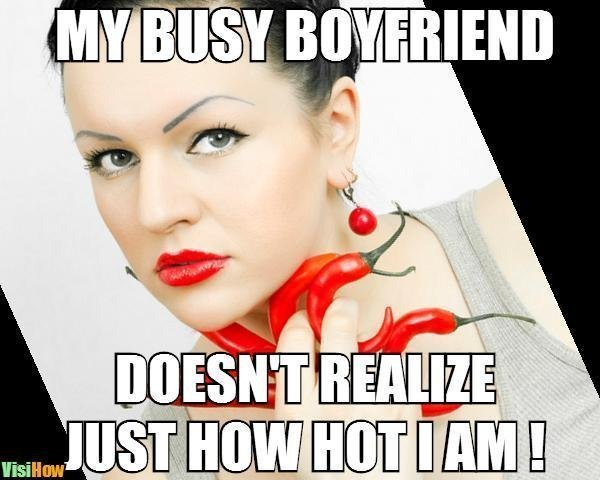
Making your client wait is bad business. Usually, no business.
Step 4: The deals that don’t get closed
This is the climax. You now have a chance to propose a business deal in which your client and you yourself will win. Make sure the deal is fair. Fortunately, it doesn’t take that many business skills to get this right. If you had any success in the previous steps in reading your client and understanding what she is after, you should have figured out the client type by now. Technical or non-technical, hoping for the cheapest stuff or valuing the highest quality.
Try to avoid getting stuck with the obvious bottleneck of each of the bad client types, at least. Discussing the price with The Shopper, you’ll just end up wasting either your time or your expected money. Trying to avoid signing an additional NDA with The Lawyer will end the process too. Teaching the basics about how the freelance site works to The Googler might be a big waste of your time, and so on.
This is the stage where you can still get off with dignity and without consequences. If you’re not clear at this point whether you can do business with the person on the other side, better decline politely than taking a risk and going for the complete unknown. You will need to have a good feeling about the deal you’re about to propose at this point. This is the stage where we do business.
Typical mistakes include:
- Having an unclear value proposition
- Producing uncertainty of what will be delivered when
- Disagreement on additional legal terms
- Jumping into the work before the “go” sign
- The attempt to cheat the system
Again, let’s dig into those issues more closely.
1. You cannot ask a ridiculous price for something everyone understands is pretty simple, but on the other hand, you cannot do everything possible for a petty $100 either. That’s the art of doing business. The value you deliver needs to match the price tag. With good clients, the absolute sum of money is rarely the biggest problem, but an unclear value behind it would be. Everything you propose here will need to match what you’ve indicated earlier, so it is important to have consistency.
You cannot say a website you’ve been letting the client think of as a $5,000 job has now become a $10,000 job after adding one small requirement during the discussion phase. It would look too strange for the client to consider seriously.
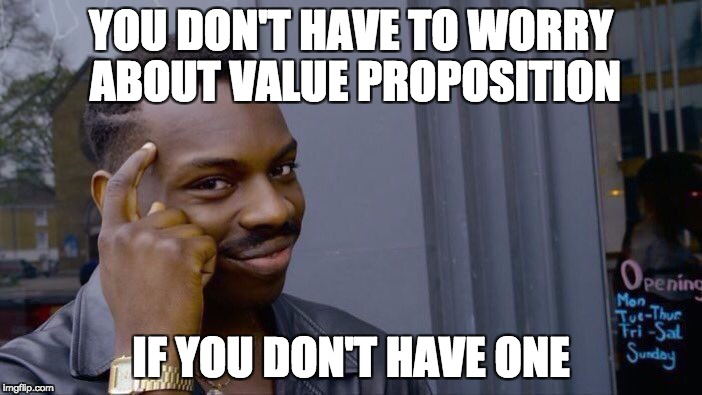
You should have a clear value proposition and state it briefly if you want that freelance gig.
2. The second part is purely a failure in either planning the project or communicating the plan to the client. You may have milestones that make no sense in terms of their order and completion dates. Perhaps the milestone payments look strangely unbalanced. Maybe you forgot to mention you’ll charge a 50% advance fee. Maybe you’re being hired against your hourly wage without the client understanding the order of magnitude of the work, thus, suspecting that you might keep billing endlessly.
You’d need an estimated range for approximate deliveries by the least even in the case of hourly jobs as long as there have been some kind of milestones presented so far in the discussion.
3. Sometimes freelancers are required to sign an additional non-disclosure agreement (NDA), which some see as a warning sign, and some embrace without any worry. Sometimes an NDA is appropriate, but sometimes it is completely unnecessary as the normal user agreements of the freelance site cover most of this anyway.
Sometimes the need for NDA is simply a corporate policy that the client, the individual person, cannot change. NDAs are always case-specific, but I can mention that I’ve signed various NDAs that are typical to my client base without having any trouble so far. Yet, this is something you have to think about for yourself.
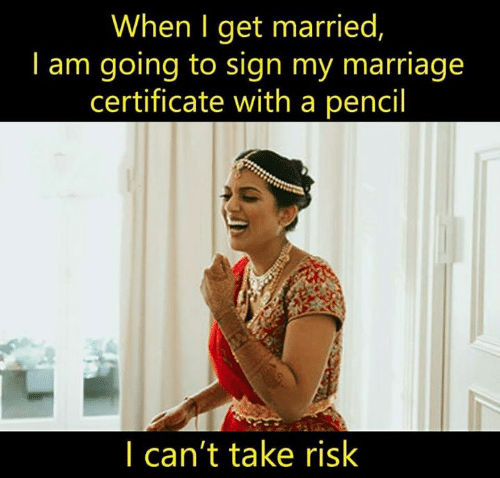
Sometimes a cool project gets stuck with legalities. The best ones: never.
4. A couple of times it happened so that the freelancer went and already started the work and is already asking for reviewing the work or even making payment when we haven’t even officially started yet! This gets troublesome for the client. Some might be OK with an over-enthusiastic freelancer, some just stop talking to her as they might expect just about anything after the project would actually start. It’s always better to follow the process.
5. The last option is nasty. Many times I’ve been asked to use an alternative payment method outside the freelance site I’ve signed up as a client. User agreements of all those sites prohibit any attempts to game the system in terms of skipping the fees. The platform connects clients and freelancers and is therefore useful to both parties, and both parties should pay the price or try their luck on free services altogether.
Getting a job through a freelance site means you pay your fee. No exceptions. Any attempts of cheating the payment will get you banned, and most of the time such behavior also means you’d drag your client into a mess too. Go and try to build a good professional relation then!
Step 5: The proposals that don’t get signed
The last stage sounds like a sure deal, but even this can fail for a couple of reasons. This stage usually only involves accepting the offer sent by the client through the site, so there can be only a couple of reasons:
- The closure is expected to be done too fast
- Last-minute change making a contradiction against the previous discussion
Other than the above issues I haven’t witnessed so far.
1. There has been a couple of times I’ve been not so sure about the job or the client at the very last stage. I’ve asked for some time to think about it and “wrap up ongoing things,” my favorite and always 100% true excuse (since there’s always something going on … nobody good is fully idle and just waiting for a job to come). While I’ve been “considering,” which often involves doing more research on either the topic or the client (or both!), the opportunity has slipped away because of the client’s unpronounced hurry to get started.
Sometimes this has happened to me, especially with The Flash type of clients, but never on the projects that I really feel like a perfect match with what I do, what I especially like to do, and what kind of clients I really like working with. Sometimes, it is the freelancer who is pushy saying something like “please hire me so we can get started.” Being pushy never works as people on both sides get to decide if the deal is good enough for them.
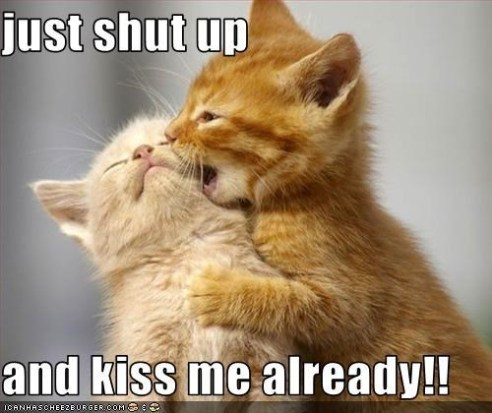
Some freelancers push for the deal too quickly, some clients do that too. Don’t push people.
2. I remember a few cases where I’ve already pressed my Hire button and let the freelancer know the gig is ready to start, after which some of the issues that usually appear in Step 4 emerge. The freelancer hasn’t committed to the deal and starts haggling on the price after getting the offer we already discussed once. Or his/her reconsideration has produced new milestones and price tags that require re-processing. The NDA has been checked by a lawyer with “no go” advice, or another issue in the legalities.
Once, I had sent an offer which resulted in a request to pay outside the platform, which ended the discussion right there. I had to cancel the whole thing. No go.

You were already holding hands, but you ended up failing by some urge driven by instinct. It seems to happen, sometimes.
The bonus step that makes you look like a noob: “Did you see my proposal?”
Some freelancers send inquiries about whether or not their proposal has been read. This is actually counter-productive, would you believe it? All it really does is make you look a bit more desperate than the rest, therefore, producing interactions only with the clients who seek the lowest rates, The Shoppers (see my categorization of the bad client types). If you don’t get a reply from the client because of your proposal being good, reaction to your inquiry won’t turn the discussion for the better, it always turns for the worse. Just skip this part entirely.
Outside freelance site this is not so bad, actually. I do chase some clients sometimes just to see if there was any real interest from the beginning in case our initial discussion was kept too short for some reason, but never before getting a chance to talk with them.
In the online world of freelancing, even sending “friendly reminders” with the nicest tone won’t bring you any more clients than sending mere proposals. Better to focus on getting the proposal right.
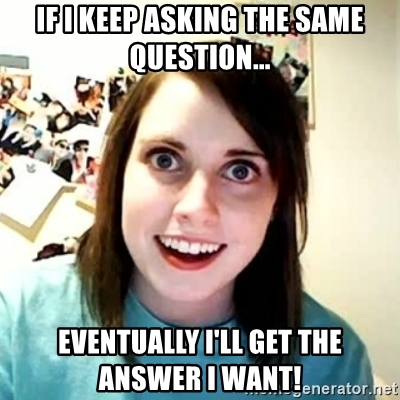
… but in reality, the effect is the opposite!
Conclusion
I hope the above gave you some idea of what not to do when writing proposals on freelance sites.
Part 2 will explain how to get it right with concrete examples from my past proposals that have seemingly been competing against dozens of other proposals. You’ll see the way I state my value proposition clearly to get the job, often being the client’s only choice for the next stages.
Dr. Mike
Mikko J. Rissanen, Ph.D., a.k.a. Dr. Mike, is an accomplished solopreneur living in a tropical paradise, inventing cool tech and coding from his beach office... and eating coconuts all day, every day. He has been running his one-man show in Penang, Malaysia, since 2014 until he moved the business to the United States as I2 Network in 2021. He is one of the most highly paid freelancers on Upwork and he has been supporting hundreds of starting freelancers since 2017. Follow his latest tips on LinkedIn or seek his personal guidance as a CoachLancer member!